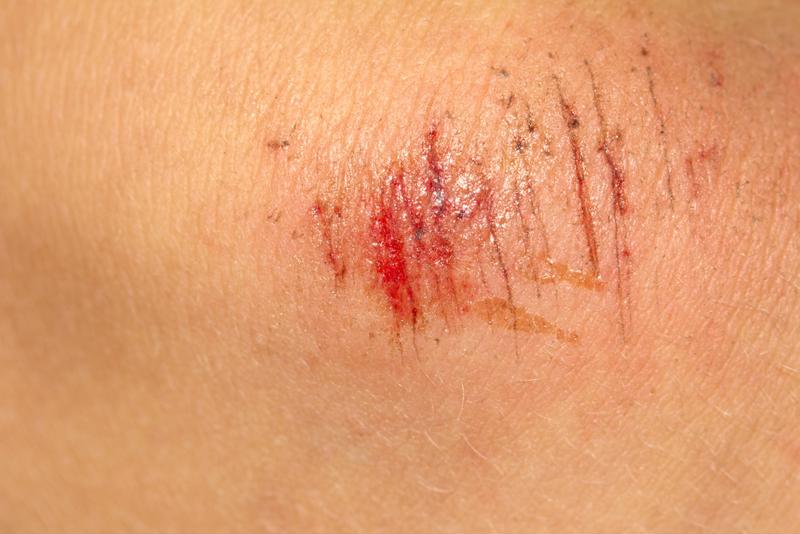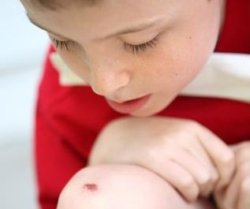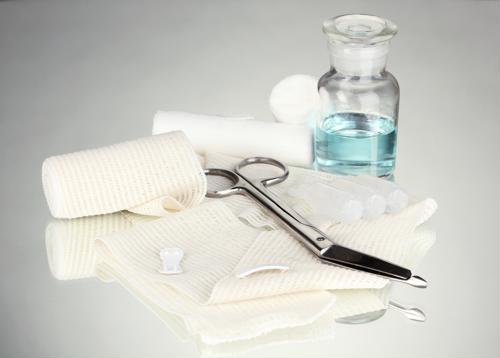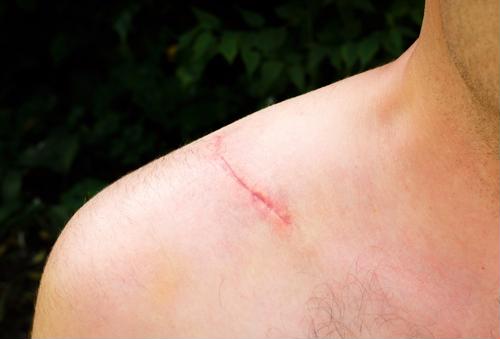Scabs are signs of healthy healing, forming as protective layers over damaged skin to prevent infection and blood loss. Once healthy tissue regenerates, your body will eventually push away scabs to make room for the new skin.
While scabs aid wound healing, they’re not exactly easy on the eyes. Plus, as Healthline noted, they can take anywhere from days to weeks to fully heal. Sometimes they can even lead to permanent scarring. The good news is that there are safe ways to get rid of scabs that can prevent scars from developing later.
Here’s your quick guide to proper scab treatment and infection prevention methods:
 Scabs form as part of the wound healing process.
Scabs form as part of the wound healing process.Don’t pick your scab
As tempting as it may be, refrain from picking or scratching at scabs. You run the risk of opening the scab, which can cause bleeding and eventual scarring. According to Healthline, picking scabs can introduce bacteria or trauma to the affected area, ultimately delaying recovery and increasing the risk of infection.
Cover it up
Apply a bandage or dressing to the scab to not only prevent you from picking but also to further protect the scab from bacteria and infection. Reader’s Digest noted that covering the scab can even speed up the healing process.
Keep the area clean and moist
Regular cleaning can prevent debris and germs from reaching the affected area and stalling the healing process. Gently wash scabs and surrounding areas with mild soap and water, avoiding rough scrubbing motions that may scratch or irritate the area. Moist wound beds are more susceptible to healing, so apply petroleum jelly or antibiotic creams to help the skin heal quickly.
Make healthy choices
Adam Friedman, M.D. and associate professor of Dermatology and director of the Supportive Oncodermatology Clinic at George Washington School of Medicine and Health Sciences told Reader’s Digest that “eating a healthy diet, avoiding sun exposure, limited alcohol exposure and not smoking” can further promote healing and get rid of scabs.
Watch for signs of infection
While these treatment methods are certainly preventative measures, there’s still a chance of scab infection. Healthline highlighted increasing size, worsening pain, drainage, bleeding and fever as signs of an infected scab. Visit your doctor if the symptoms continue to worsen.
When you’re wounded, you’ll want to take proper care of the affected area to restore the skin and heal scabs as fast as possible. Talk to your doctor about iPAK by Innovative Outcomes to get your wound care supplies delivered straight to your front door.





